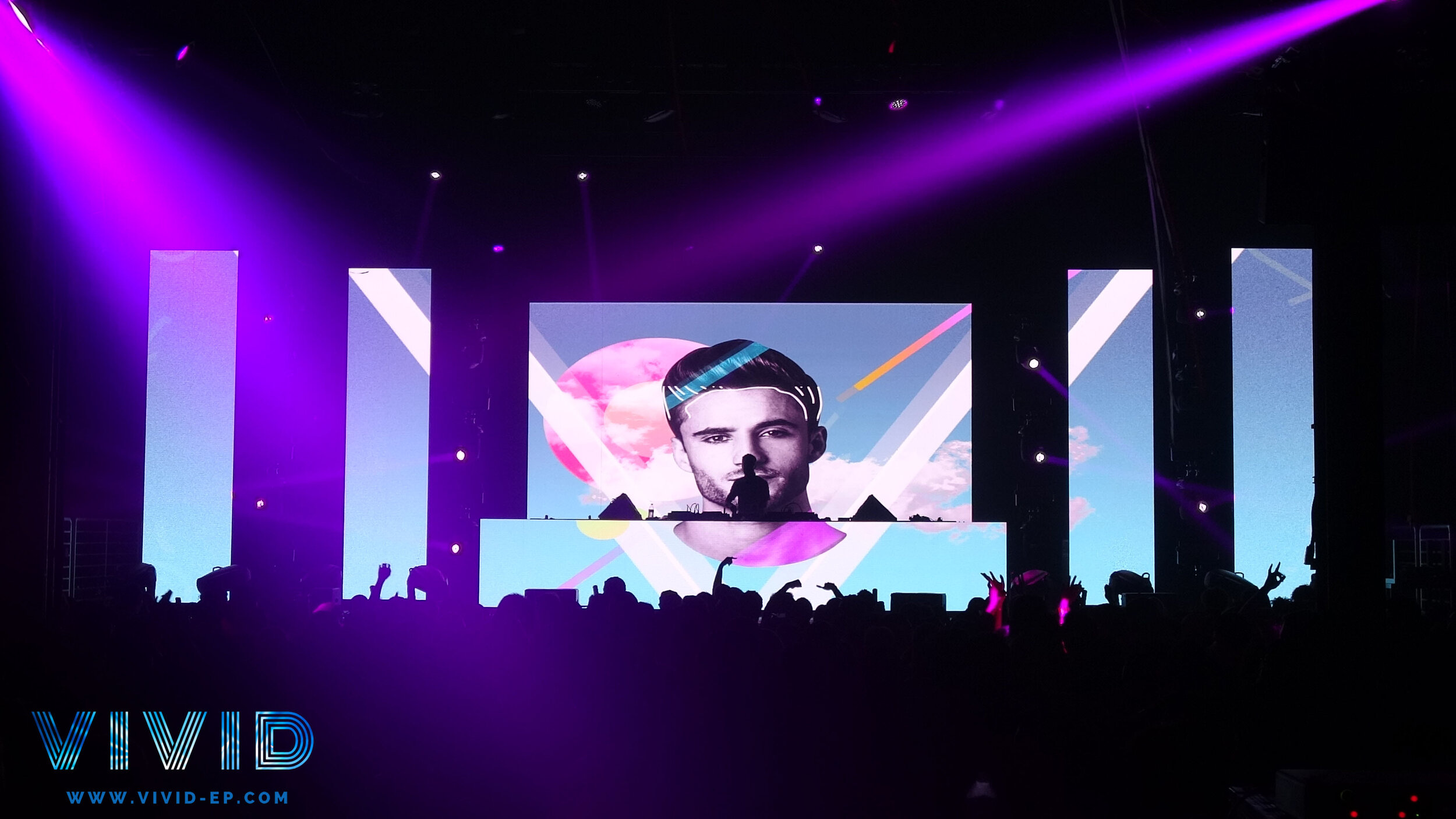
One of the primary advantages of using virtual reality in blended events is the capability to create a common environment for all attendees. In a traditional format, in-person participants might have access to specific activities or opportunities that remote attendees cannot enjoy. However, with virtual reality, everyone can explore the same virtual space, regardless of their position. This technology allows for interactive displays, virtual connecting opportunities, and even game-like experiences that can engage audiences. As a consequence, participants feel more involved and engaged, leading to a more fulfilling overall experience.
Moreover, VR reality can help overcome barriers that often occur in hybrid events. For example, remote attendees may feel isolated or disengaged from the central event. By integrating virtual reality, organizers can create a feeling of presence that makes virtual attendees feel as if they are part of the event. This can be realized through features like digital avatars, which allow attendees to interact with one another in live. Such interactions can encourage cooperation and networking, making it simpler for individuals to connect and exchange ideas, no matter of their geographical location.
In addition to enhancing engagement, the use of VR technology in blended gatherings can also provide important insights and insights for organizers. By tracking participant interactions and actions within the digital space, gathering organizers can collect data on what elements of the event were most engaging. This data can be used to improve future gatherings, ensuring that they like this satisfy the requirements and wants of attendees. Understanding how participants interact with both the virtual and in-person components can lead to more effective event strategies and improved overall experiences.
Finally, the combination of virtual reality and in-person interactions in hybrid gatherings represents a major change in how we conduct meetings and conventions. As innovation continues to advance, the capability for creating immersive and dynamic encounters will only increase. By adopting this innovative framework, gathering planners can revolutionize the way people connect, learn, and collaborate. The future of hybrid events is bright, and the smooth combination of VR technology will play a key part in defining that prospect.